Charles Darwin: who was Theory of Evolution naturalist, when was his birthday and what books did he write?
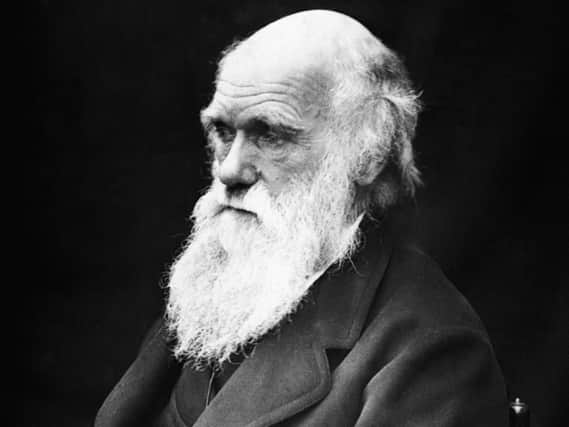

Today, Saturday 12 February, marks what would have been biologist Charles Darwin’s 213th birthday.
With his birthday comes Darwin Day, a day dedicated to the life and achievements of the famous naturalist.
This is everything you need to know about Charles Darwin.
Who was Charles Darwin?
Advertisement
Hide AdAdvertisement
Hide AdDarwin was an English naturalist, best known for his contributions to evolutionary biology.
Born on 12 February 1809 to society doctor and financier Robert Darwin and Susannah Darwin (née Wedgwood), Darwin was the fifth of six children.
He spent the summer of 1825 as an apprentice doctor before going to study at the University of Edinburgh Medical School with his brother Eramus later that year.
However, it was during his studies that he found he didn’t quite have the stomach for medical school - after watching a surgery on a child, at the time would have been conducted without the use of anaesthetic or antiseptics, Darwin was left quite traumatised.
Advertisement
Hide AdAdvertisement
Hide AdHe gave up on his studies without completing the course and instead elected to go to Cambridge University to study theology instead.
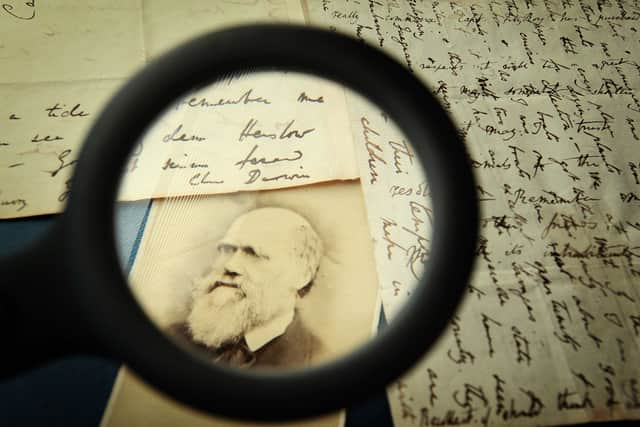

In 1831, Darwin accepted an offer to board the HMS Beagle to embark on a five year voyage to track the coastline of South America, in the role of the ship’s naturalist and as a companion to its captain, Robert FitzRoy.
This journey would prove to change the course of Darwin’s life and his way of thinking. Later in his life, Darwin wrote that his education had “really began on board the Beagle”, and that he remained friends with those he met on board for the rest of his life.
During the voyage, Darwin spent most of his time on land investigating geology, making natural history collections and keeping note of careful observations and theoretical observations.
Advertisement
Hide AdAdvertisement
Hide AdDarwin arrived back in England in 1836, and spent many years researching, observing, comparing and analysing different specimens before he announced that evolution occurs through a process of natural selection.
What books did he write?
In 1859, Darwin published his theory of evolution in his book On the Origin of Species.
On the Origin of Species is considered to be the foundation of evolutionary biology, introducing the scientific theory that evolution takes place over the course of many generations through a process of natural selection.
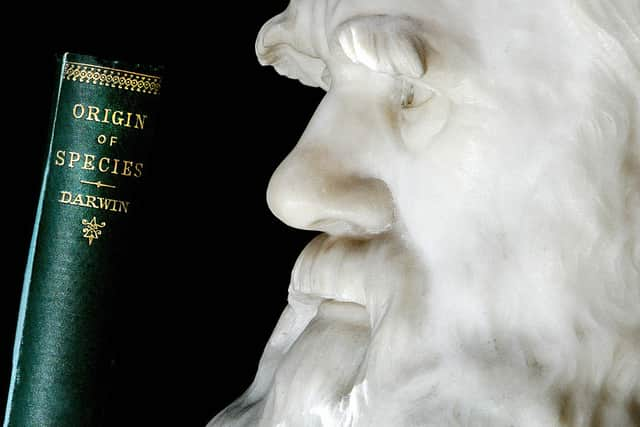

Darwin also published a number of other books throughout his lifetime as well - in 1871, he released The Descent of Man, and Selection in Relation to Sex, in which he examined human evolution and sexual selection.
Advertisement
Hide AdAdvertisement
Hide AdThis was then followed up by The Expression of the Emotions in Man and Animals in 1872.
In his final book, The Formation of Vegetable Mould, through the Actions of Worms, published in 1881, Darwin studied earthworms and their effects on soil.
Was he married, did he have children, and when did he die?
Darwin married Emma Wedgwood on 29 January 1839, having proposed in November the year prior.
Wedgwood was Darwin’s first cousin, and together they had 10 children, although two of which did not survive infancy. Their daughter, Annie, then also died at the age of 10.
Advertisement
Hide AdAdvertisement
Hide AdWhenever one of their children fell ill, Darwin feared that it could have been because of weaknesses caused by the inbreeding between himself and Wedgwood.
Despite his fears, many of their children went on to have distinguished careers - George, Francis and Horace went on to become Fellows of the Royal Society and were distinguished as an astronomer, botanist and civil engineer, respectively. All three of them were knighted as well.
Another of his sons, Leonard, would also go on to be a soldier and mentor of the statistician and evolutionary biologist Ronald Fisher.
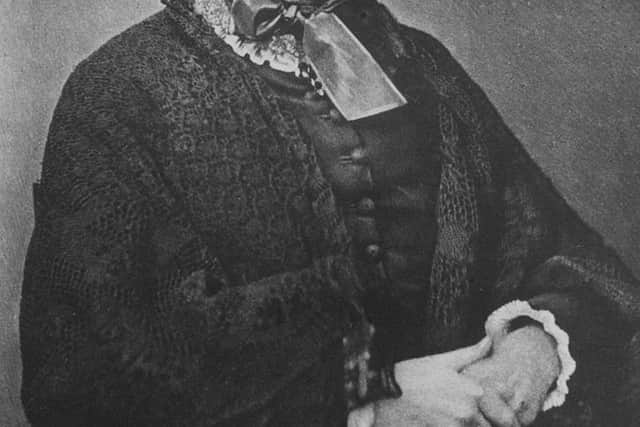

Darwin died on 19 April 1882, after having been diagnosed with coronary thrombosis and disease of the heart that same year.
Advertisement
Hide AdAdvertisement
Hide AdHis last words were to his family, where he told his wife Emma: “I am not the least afraid of death. Remember what a good wife you have been to me. Tell all my children to remember how good they have been to me.”
Whilst Emma rested, Darwin repeatedly told his children Henrietta and Francis: “It’s almost worth while to be sick to be nursed by you.”
He was buried in Westminster Abbey, close to that of John Herschel and Isaac Newton. His funeral was held on 26 April, and was attended by thousands, including, alongside family and friends, scientists and doctors.
What is Darwin Day?
Darwin Day is a day held annually to celebrate the life and achievements of Darwin, and is held on his birthday, 12 February.
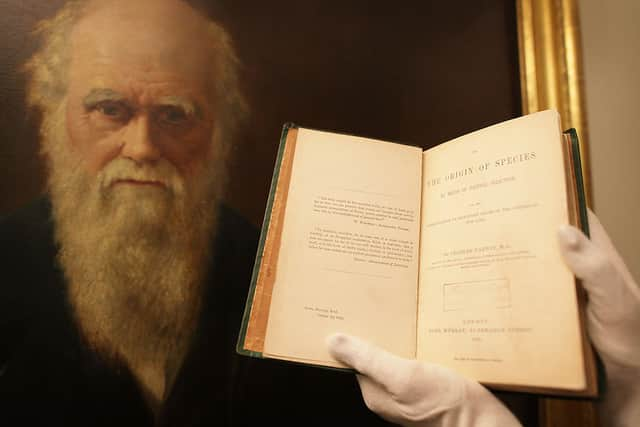

Advertisement
Hide AdAdvertisement
Hide AdThe official Darwin Day website says that the day serves to “inspire people throughout the globe to reflect and act on the principles of intellectual bravery, perpetual curiosity, scientific thinking, and hunger for the truth as embodied in Charles Darwin”.
It adds: “It will be a day of celebration, activism, and international cooperation for the advancement of science, education, and human well-being.”
A message from the editor: Thank you for reading. NationalWorld is a new national news brand, produced by a team of journalists, editors, video producers and designers who live and work across the UK. Find out more about who’s who in the team, and our editorial values. We want to start a community among our readers, so please follow us on Facebook, Twitter and Instagram, and keep the conversation going. You can also sign up to our newsletters and get a curated selection of our best reads to your inbox every day.
Comment Guidelines
National World encourages reader discussion on our stories. User feedback, insights and back-and-forth exchanges add a rich layer of context to reporting. Please review our Community Guidelines before commenting.
